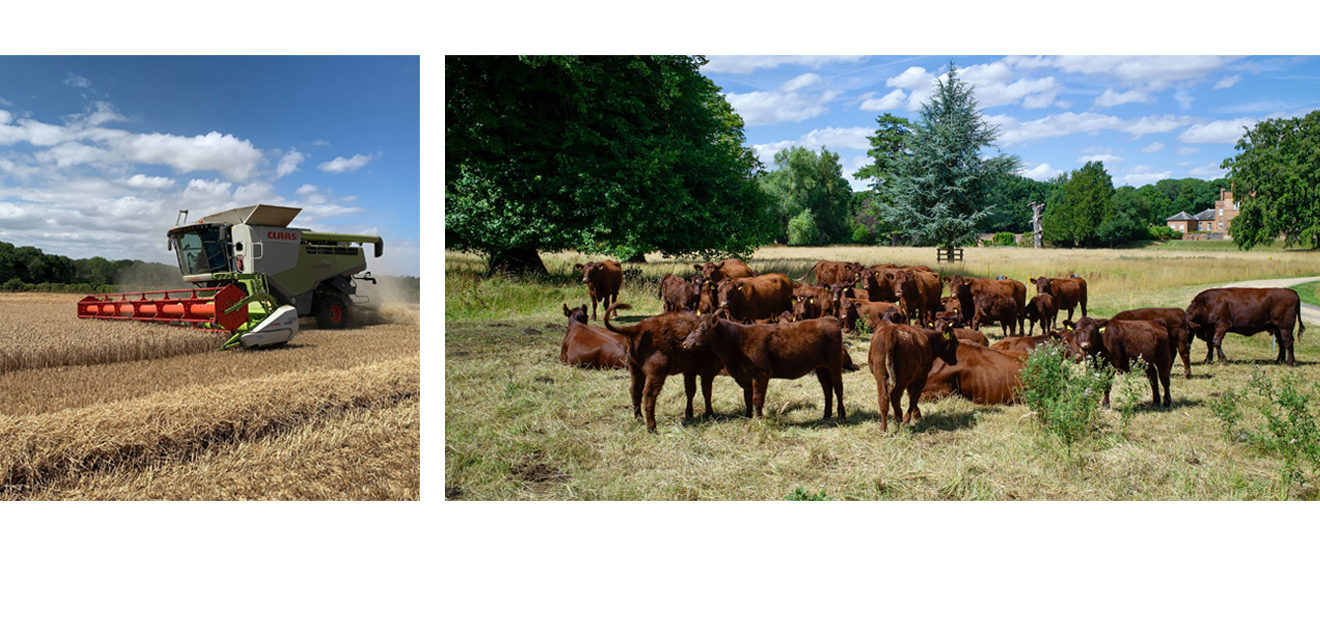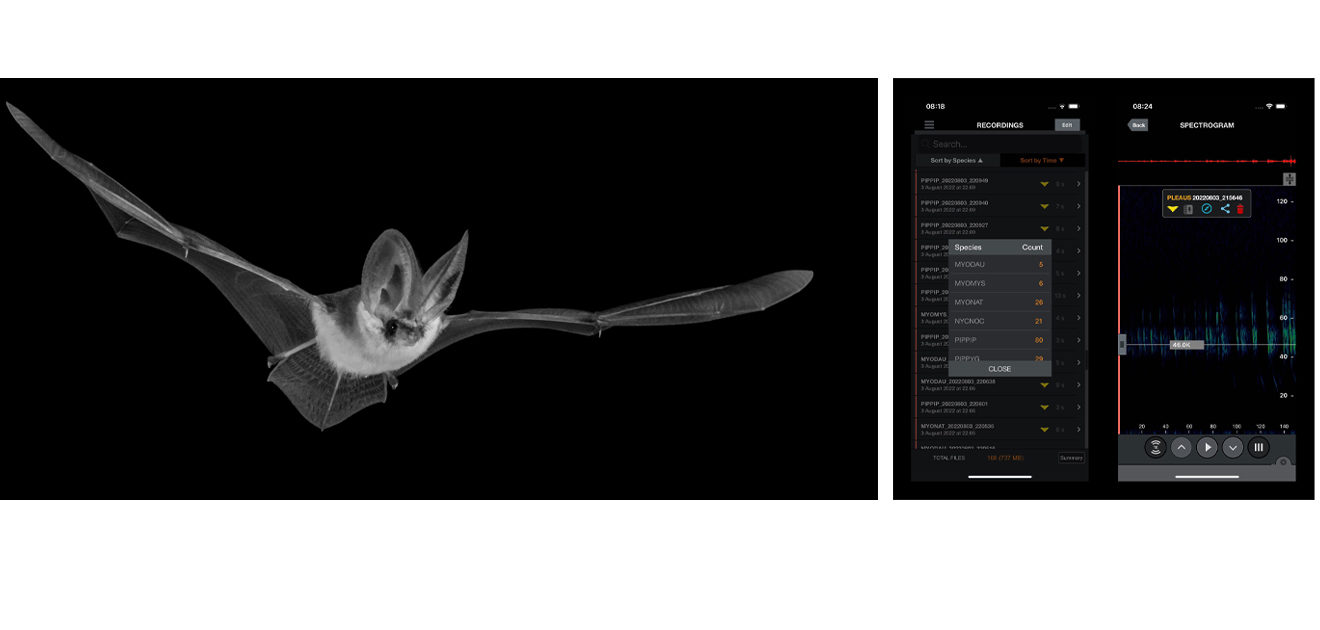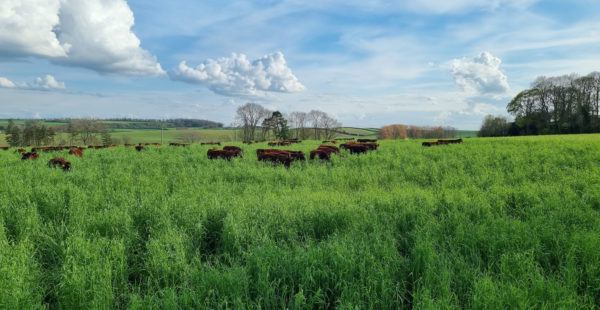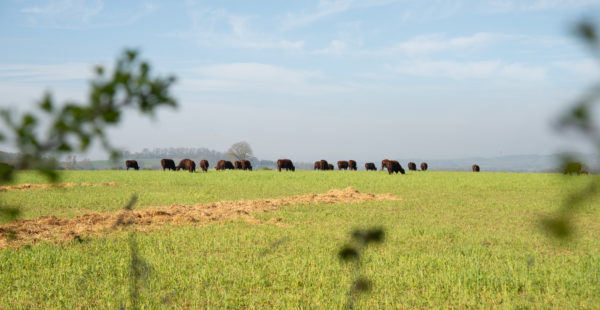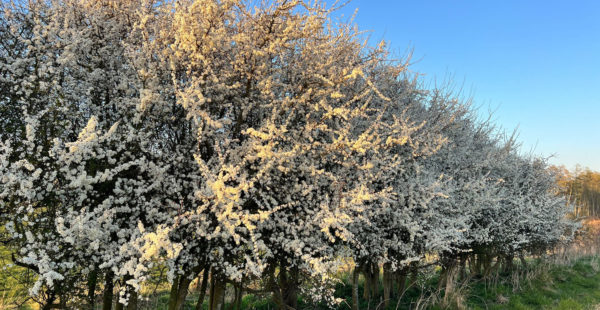A Week on the Estate: Long Ears, Echo Located & Red Coats
We hope we find you thriving after another hot, dry week for our region. Depending on which forecast you trust, this may have been summer’s last week of amber alerts and we could get lower temperatures and a welcome bit of rain next week. The sustained rainfall needed by our region remains stubbornly distant, however, with high pressure in charge for the rest of August.
Out on the land, the hot, dry conditions have brought everything forward. The winter wheat harvest got underway at Driby on Monday; in 2020 and 2021, this was a job for late August or early September.
Build it and they will come! We have excellent news about biodiversity. We ran an acoustic bat survey at South Ormsby Estate and found seven species, one of which is so rare it was recently thought to be near extinction in the UK.


